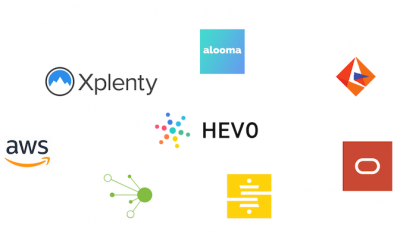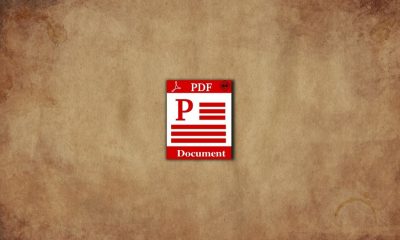

Organizations of all sizes and industries now have access to ever-increasing amounts of data, far too vast for any human to comprehend. All this information is...
Tech Crunch : “The troubled social media platform parler is offline following the violent riot at U.S. Capitol that left five people killed last week. However, millions of posts to...


PDF is a format that is extensively used in legal, academic, real estate, medical, and other industries. Small business uses PDF for storing, and sarong business-critical...


This Feature Focus came at the request of you, the people! We had a tidal wave of (three) emails asking for a piece on our data...
Recent Comments